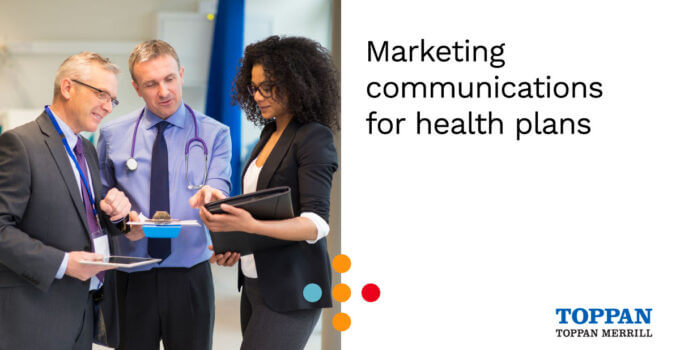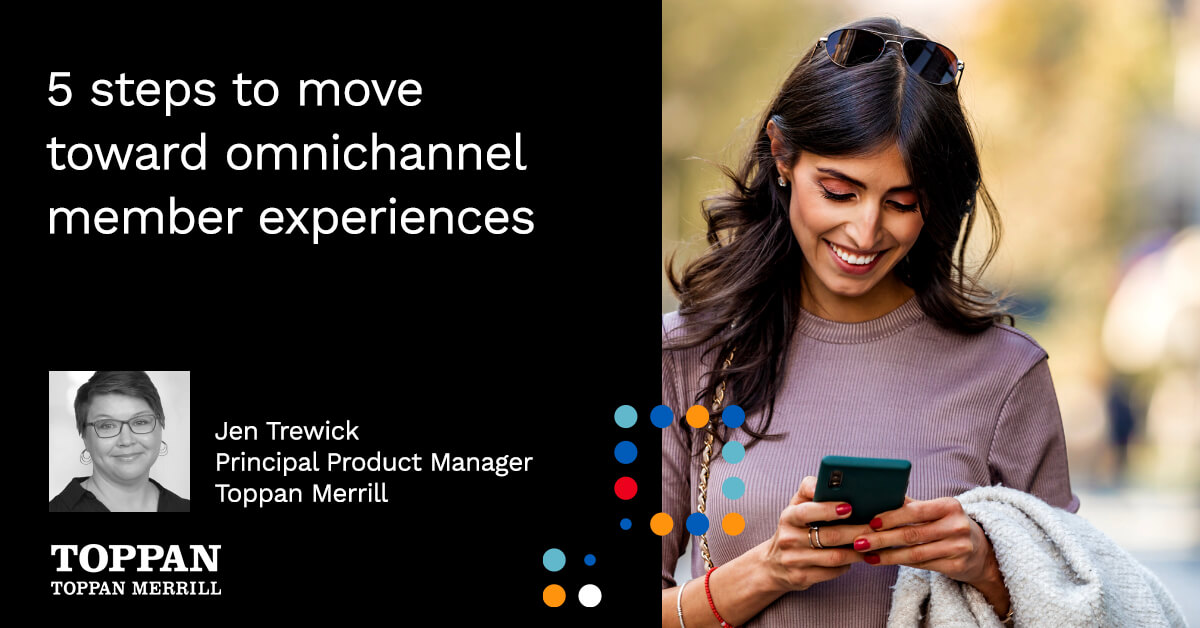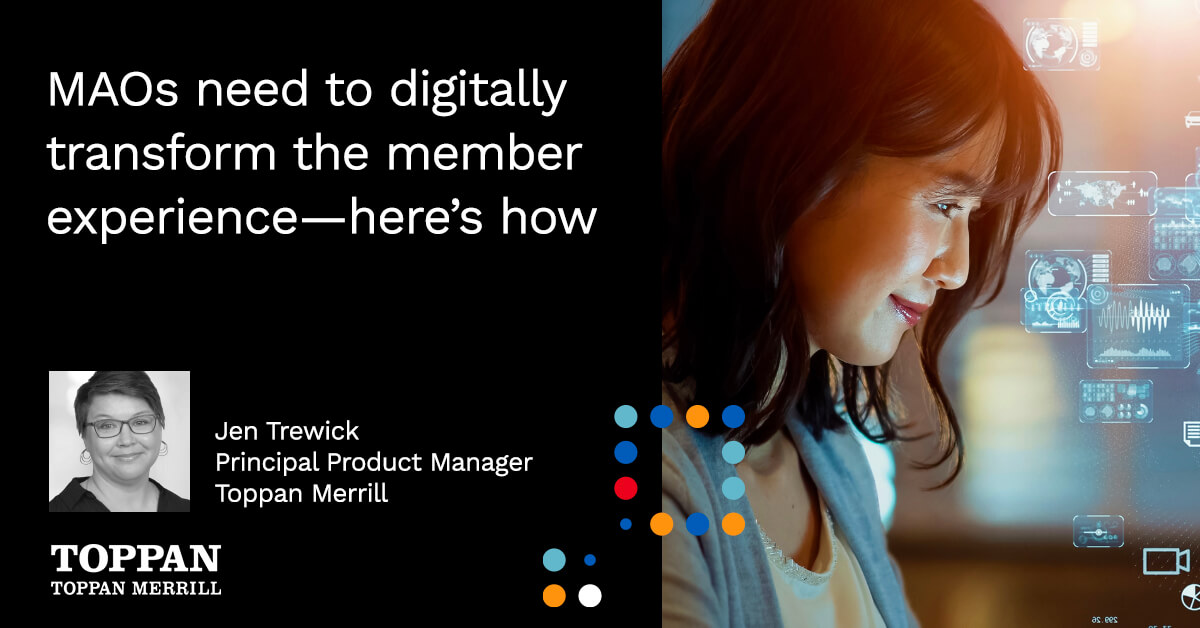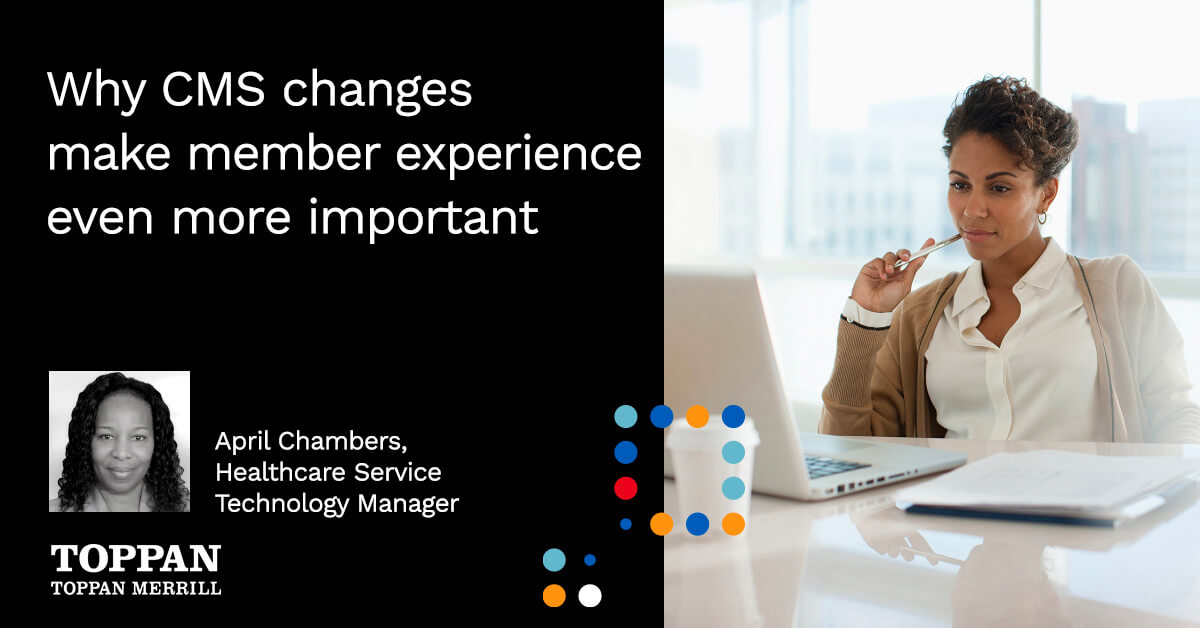The U.S. healthcare environment is rapidly changing. With individual health plan options growing since the Affordable Care Act was signed into law in 2010, healthcare consumers are taking an increasingly proactive role in buying health insurance and shopping around when selecting their own health plans. As such, to stand out and succeed in this crowded marketplace, healthcare companies need to adopt effective marketing communication strategies to reach consumers.
Today, effective marketing communication for health plans includes integrated communication strategies intended to inform, educate and influence consumers’ decisions to guide them toward the right health insurance to cover their needs.
Now more than ever, health insurance companies have at their disposal a myriad of communication options to attract, engage, and retain customers and gain a competitive advantage. Learn how health insurance businesses like yours can implement effective marketing communication strategies to build trust and foster relationships with customers.
Why marketing communication is important for health insurance companies
Accustomed to the personalized, seamless, and effortless buying experience they get elsewhere, most health insurance consumers approach health plan selection much like any other product or service. This includes reviewing not only brand-created content but customers’ reviews and product or service comparisons. Still, many consumers struggle to fully understand their options and how to shop for health insurance effectively. This is where integrated healthcare marketing communication can help health insurance providers stand out from the crowd.
This approach can be particularly impactful for smaller health insurance providers. According to Accenture, presenting a clear value story is critical for midsize and regional plans to maintain market share and win new customers across self-funded and fully insured segments.
What are effective communication techniques in healthcare?
Effective health marketing communication strategy involves an integrated omnichannel approach with personalized or highly segmented and targeted online and offline strategies to attract leads and turn them into new customers while driving engagement and enhancing the satisfaction of existing consumers.
There are several key elements to consider when employing an effective healthcare marketing strategy.
1. Using targeting and personalization to build engaging relationships with customers
At the core of healthcare marketing is the commitment to create meaningful connections with your audience to build trust and loyalty. To build long-term relationships with current and potential customers, meaningful, personalized messages are essential. Here, targeting is critical in helping put the right message in front of the right eyes.
In order to be able to nurture qualified leads, your marketing content needs to add value to your audience. That’s why personalized content is a critical part of your marketing communication strategy. For example, to engage members and attract new customers, you can create meaningful opportunities to support healthcare consumers with personalized content relevant to them and their health. This could mean delivering content on your member portals that inform and educate existing and prospective customers about specific health issues and what they can do to improve the outcomes, and how your company can help them along the way.
2. Leveraging a multichannel approach
In today’s noisy environment, where consumers are exposed to up to 10,000 pieces of advertising daily, it can be difficult for health insurance companies to attract the attention of potential members.
For this reason, a multichannel approach is required to meet your customers where they are, enabling you to reach more people in ways that are relevant to them. This means sending consistent marketing messaging across multiple digital channels, such as social media or your website, and physical channels, such as direct mail or print advertising.
An integrated healthcare marketing communications strategy that includes a combination of digital and print marketing can be a powerful tool that can help your business stand out and gain a competitive advantage. And ensuring all of your marketing collateral is consistent across all channels will support one consistent message.
3. Using diverse communication formats
Consider new ways to communicate with your customers and prospects. As technology evolves, new possibilities emerge, offering companies more touchpoints to connect and engage with their target audience.
For example, you can employ a HIPAA-compliant chatbot on your website that can help you achieve speedy response times by providing quick help to customers and prospects with topics and questions that frequently occur.
Also, you can use video as a medium to establish a stronger connection with your audience. For example, conversational videos can help you explain common health insurance issues or help your customers solve a common challenge when deciding about their health insurance. Or you can create testimonial videos to present a customer’s story in an authentic and impactful way that can help your company position itself as a leader in the health insurance space. Here, knowing your target audience is also critical — providing uniquely relevant content is more likely to attract the attention of your target audience and drive conversions from leads to customers.
Additional communication formats to consider include email campaigns and company newsletters. They can keep your audience engaged with your brand by delivering targeted and personalized content straight to their inbox.
Social media can also be a powerful communication tool. Although initially reluctant to be visible on these platforms, the healthcare sector is catching up. A recent study reported that social media ranked as the single most important emerging channel, with 62% of U.S. healthcare marketers viewing it as the marketing channel with the most potential opportunity.
4. Maintaining consistent branding
Your brand is much more than your logo or color scheme — it’s the entire identity and personality of your business. However, finding a distinctive angle to position yourself in the marketplace can be challenging. What makes your health insurance business unique? Why do customers choose you? Think about your biggest differentiator and build your brand identity around that. Then, make sure your branding remains consistent across all of your marketing channels and in every marketing message.
Cohesive branding needs to span the multiple touchpoints between your business and existing or prospective customers. These touchpoints may include healthcare directory profiles — where prospective customers will have an opportunity to get to know your company — and marketing collateral, such as welcome kits, Member ID cards, and other onboarding materials you distribute once they choose to become a member.
Reinforce your connection to members with effective health plan marketing communication
In today’s world, where consumers are inundated with marketing messaging and businesses struggle to get noticed, personalization is key to attract and retain customers.
Give your team a proactive advantage with Toppan Merrill Control Center — an innovative content management, engagement, and distribution solution that facilitates integrated marketing communication and seamless transitions from digital to print channels.
As a leader in integrated marketing communication, Toppan Merrill can help you create and deliver personalized and humanized member communication with security, accuracy, and compliance.
With more than 50 years of industry experience, we can help healthcare services leverage omnichannel approaches to improve customer acquisition, customer communication, and sales enablement while ensuring compliance with ever-changing regulations.
Toppan Merrill offers several services, including document creation and management, sales enablement, omnichannel communications, printing services, and more. We deliver best-in-class solutions that help you respond quickly to changes in regulations, client needs and markets.
Learn more about how we can help you with mission-critical content by visiting our website.



